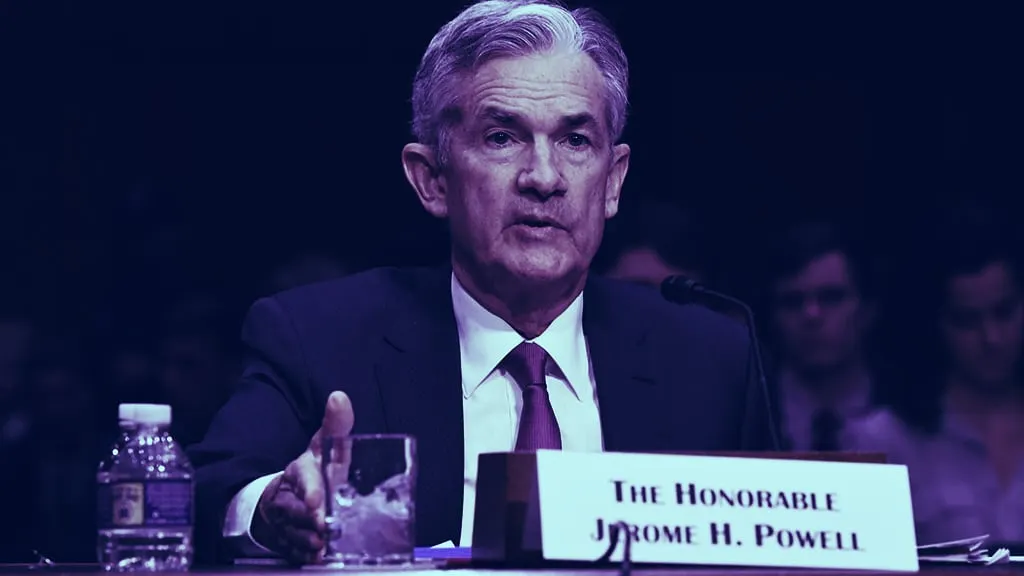In brief
- The Federal Reserve controls US monetary policy.
- The Fed reappointed all 12 Reserve Bank presidents to five-year terms.
- The central bank has embraced an expansionist monetary policy and higher inflation targets.
The US Federal Reserve, the nation’s central bank, has reappointed all 12 Federal Reserve Bank presidents and their current deputies to fresh five-year terms, according to a press release today. The process was overseen by Federal Reserve Governor Lael Brainard.
Reserve banks don’t only carry out the monetary policy of the Fed. Their leaders also feed into those policy decisions. That means that the people behind the monetary policy instituted by the Fed during the Trump administration should carry over into the Biden era.
As a result, from 2021 to 2026, the Fed may again resort to printing US dollars in a bid to stimulate the economy during a downturn. Though it may face new pressures from Democratic lawmakers, especially on the issue of economic inequality, there’s no reason to think it will discontinue its policy of keeping interest rates low as it targets higher inflation targets.
Those strategies have been critiqued by Bitcoin enthusiasts, who generally loathe government-induced inflation (though are thus far tolerant of price volatility), as it represents the ability of those in power to devalue the money people have.
Inflation destroys the fruits of your labor, #Bitcoin protects them
— Tyler Winklevoss (@tyler) January 15, 2021
In the span of two days last March, as the stock markets slumped in response to looming coronavirus pandemic lockdowns, the Fed printed $1 trillion for short-term loans. Before the year was through, it had printed over $3 trillion total, increasing its balance sheet by around 75%.
That large influx of cash, however, has yet to impact inflation, mainly due to a jump in unemployment rates; when many people have less money to spend on goods and services, prices tend to stay depressed.
But, under Fed Chair Jerome Powell, the bank last summer announced a plan to actually target higher inflation rates—above 2%—after inflation has consistently fallen short of that mark. Powell explained the “counterintuitive” reason for boosting inflation in an August speech. If inflation remains too low, he said, the Fed “would have less scope to cut interest rates to boost employment during an economic downturn, further diminishing our capacity to stabilize the economy through cutting interest rates.”
In other words, the Fed would have fewer tools to manage future crises like this one.
Mainstream economic thought on inflation holds with Paracelsus’ famous adage: “The dose makes the poison.” Too much inflation is bad, but just enough can be good for the economy overall.
That’s a point that even Binance seems to agree with. In an article on inflation, it wrote: “The effects of inflation are such that we witness prices increase over time, causing the cost of living to rise. It’s a phenomenon that we’ve come to accept—after all, if it’s controlled correctly, inflation can be beneficial to the economy.”
Yet many Bitcoin enthusiasts don’t trust governments to control it correctly because the power to money-print out of catastrophe is too tempting.
Speaking to Decrypt in March, Shapeshift CEO Erik Voorhees said, "Fiat has always been infinite. Central banks never stop creating it, and this is why it loses value every year, forever. What changed now though is the rate of creation. They've decided to create as much fiat money as they can fathom.”
"Bitcoiners have always known that fiat detached from some kind of peg (i.e. gold) always ends up with the abuse of money printing,” INX Managing Director Alan Silbert told Decrypt. “Governments can’t help themselves.”
The latest (same) batch of Federal Reserve Bank presidents—and the bulk of the Board of Governors in Washington—have another five years to prove them wrong.

